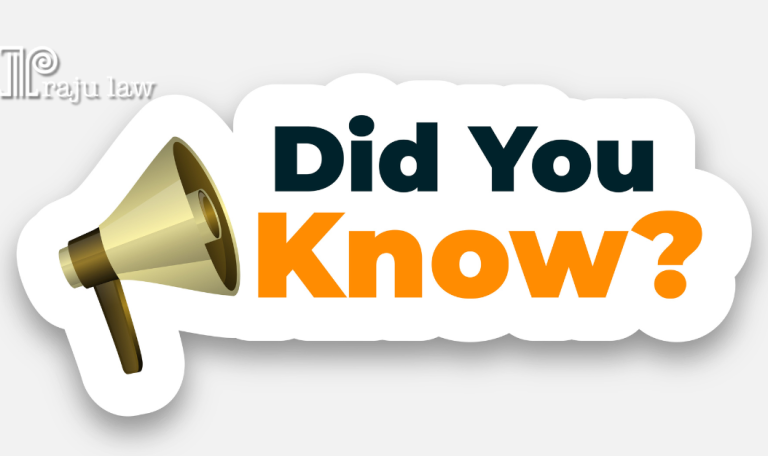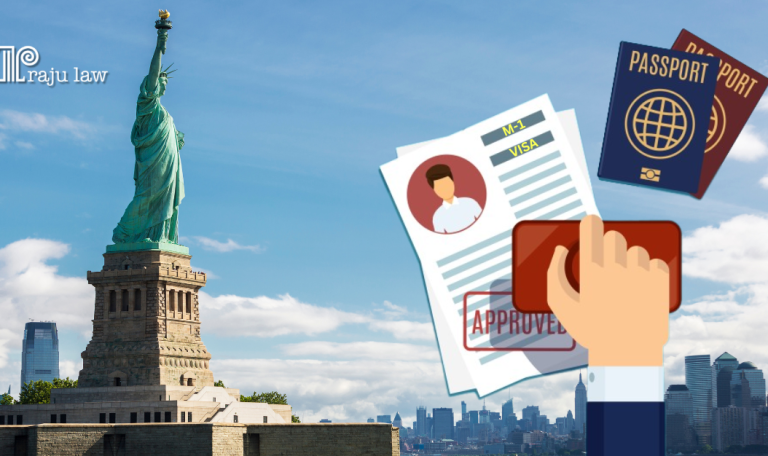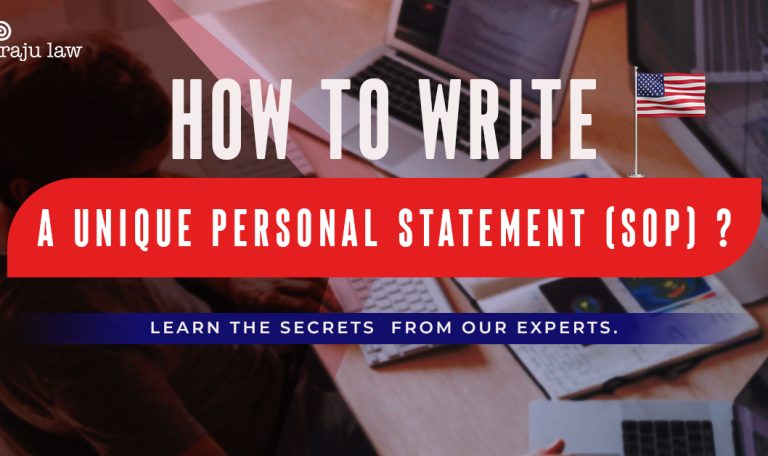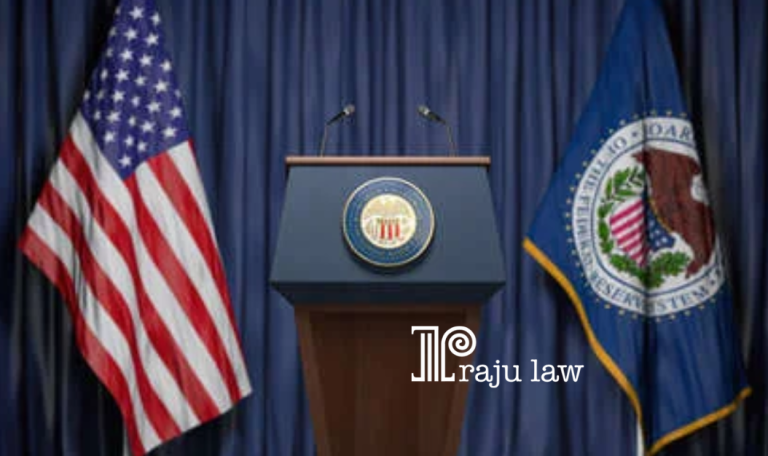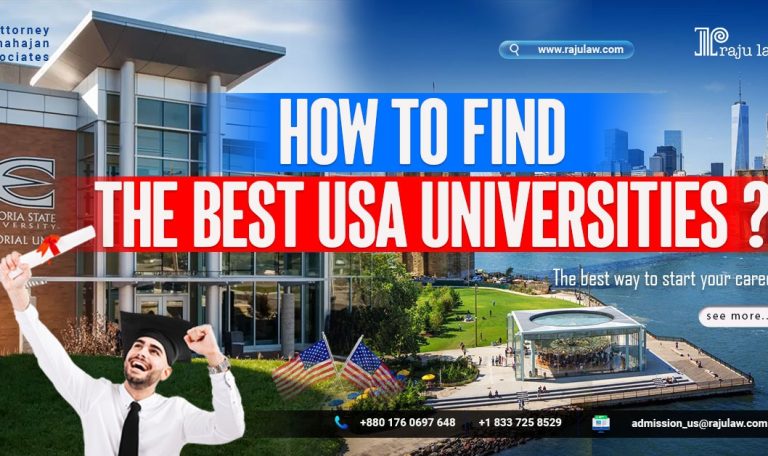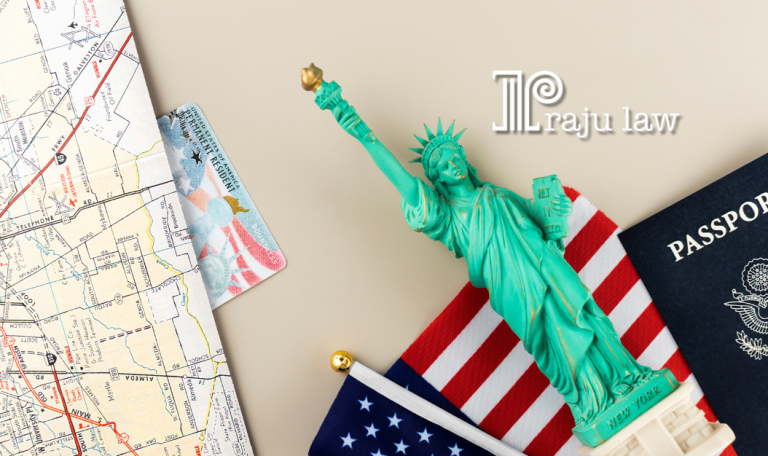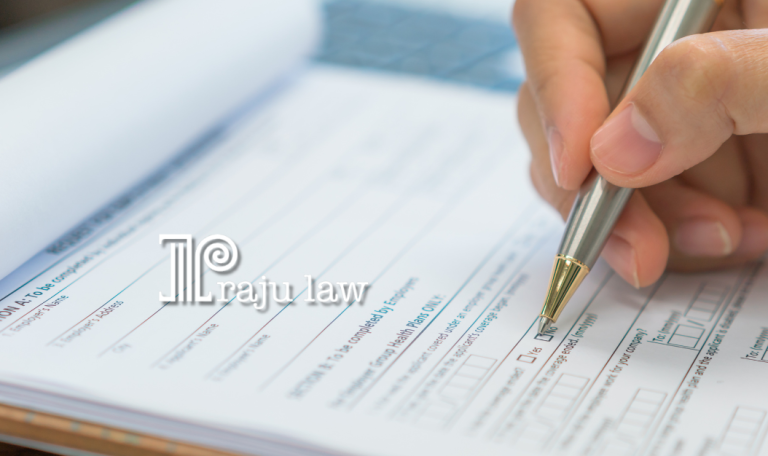
Your F-1 Visa is About to Expire, What Options Do You Have? (Part: 5)
Read part four here Filing of the Petition To file the petition, the employer shall gather all the required documents and fill up the I-129 form. The petition is filed at the California Service Centre (CSC), the Vermont Service Centre (VSC), the Nebraska Service Centre (NSC), or the Texas Service Center (TSC), depending on which non-immigrant classification and action the petitioner is requesting and where the petitioner is located. For premium processing of Form I-129, the employer must also file I-129/I-907 Package. The checklist for the required Initial Evidence: Evidence that the beneficiary maintained status if they are seeking a change of status or extension of stay; Evidence showing the proposed employment qualifies as a specialty occupation; Evidence showing the beneficiary is qualified to perform the specialty occupation; A copy of any required license or other official permission for the beneficiary to perform the specialty occupation in the state of intended employment (if applicable); A copy of any written contract between the employer and the beneficiary or a summary of the terms of the oral agreement under which the beneficiary will be employed; and A corresponding Labour Condition Application that has been certified by the Department of Labour and signed by the petitioner and attorney/representative (if applicable); Form G-28, Entry of Attorney Appearance and Filing Fees; Evidence that there is a true business need for the worker and that the U.S. employer can pay the prevailing wage for the position. Thus employer shall include the following documents: Copy of employment agreement, if any. Salary of the foreign worker. Full corporate name and address. Address where the foreign professional will be working. Name, title, phone number, fax number, the e-mail address of company contact who will sign the petition. H1B visa employer’s federal I.D. tax number. Gross and net annual income for the employer for the most recent year for which such figures are available. Current number of employees. Year the company was established. Company brochure or other relevant company literature, if available. Number of H-1B workers on staff. Title and a detailed description of the position, including responsibilities and duties. The employee shall include the following documents for his section: Copy of the biographic and visa pages of current passport. Present U.S. address. Foreign address (maybe the address of parents or closest relative). Day and evening phone numbers and/or e-mail address. Copy of Form I-94 card. Copy of all prior H-1B approval notices (if currently on F-1 status, copy of Form I-20). Dates of prior stays in the U.S. in H-1B status. Current resume listing employment history. Copy of your university or college degree, and if available, copy of university or college transcripts. If you have ever obtained a credentials evaluation, a copy of the credentials evaluation Title with the sponsoring U.S. Company. A very detailed description of job duties with the sponsoring U.S. Company. If the occupation requires licensure, a copy of the current license or temporary license. Copy of most recent pay slip with current employer. CAP-GAP Extension


